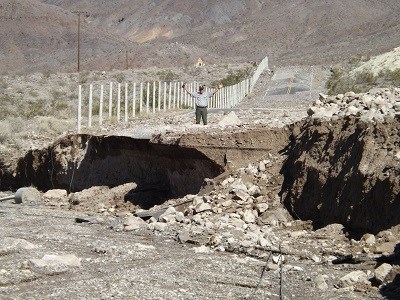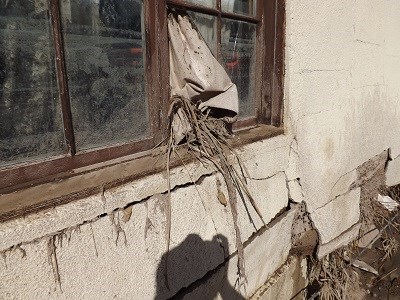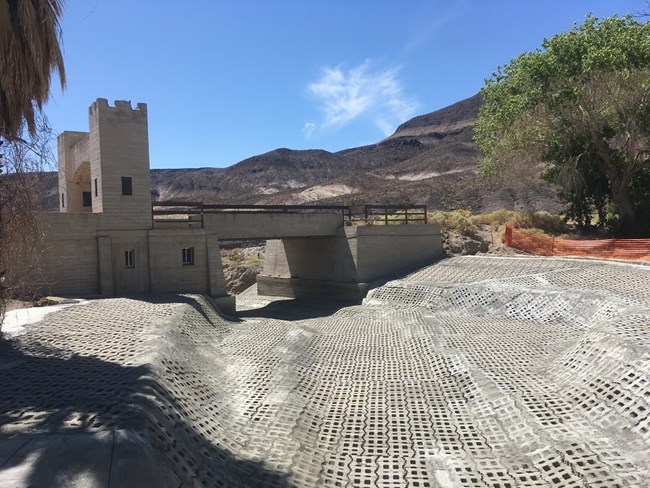|
NPS photo Unprecedented RainfallOn the night of October 18, 2015, Scotty's Castle received 2 3/4 inches of rain— a year's worth of rain within a mere five hours. This followed a half-inch of rain the day before. The rain and hail fell on the steep slopes of Grapevine Canyon and quickly caused a flash flood of mud and rocks headed towards Scotty's Castle flowing at an estimated 3,200 cubic feet per second. 
NPS What is taking so long?Scotty's Castle does not have a clear projected opening date. Funding challengesThe repairs cost about $66 mlllion. Park managers split the work into separate projects for funding reasons. Generally, the NPS formulates funding for large projects three to five years in advance. This meant Death Valley NP needed to postpone previously planned projects. Fund source: NPS emergency contingencyThe National Park Service holds some money in contingency every year for emergencies that happen anywhere in the hundreds of NPS units. Death Valley National Park received money from this emergency funding for the most time-sensitve needs. These incuded: initial road access to rescue stranded employees and park visitors at Ubebehe Crater, Mesquite Springs Campground, and Grapevine; curators and conservators traveled to the park to stabilize water-logged historic artifacts; and site security. Fund source: Federal Highway AdministrationFederal Highway Administration (FHWA) has funding for large-scale damage done to federally-owned roads through the Emergency Relief for Federally Owned (ERFO) Roads program. This program paid for the rebuilding of 8 miles of Bonnie Clare Road (aka North Highway). Fund source: DonationsDonations are mainly paying for conservation of musuem artifacts, such as the leather curtains that hang in the Great Hall and the magnificient theater pipe organ. Donations are being accepted by the park's nonprofit partner, the Death Valley Natural History Association (DVNHA).Fund source: User recreation feesDeath Valley National Park collects about $4 million each year from entrance fees, sale of passes, and camping fees. 80% of this money is retained in the park and can only be spent to provide direct benefit to park visitors. (The other 20% goes to a national pool of funding for projects that benefit visitors in smaller parks.) This is authorized under the Federal Lands Recreation Enhancement Act (FLREA). Park visitation has been reduced since the COVID-19 pandemic (largely due to reductuion of international travelers in the summer), which has reduced the park's available recreation fees for Scotty's Castle projects. Meanwhile, everything got more expensive during and after COVID. Death Valley is using recreation fees to pay for the following aspects of Scotty's Castle recovery: construction of large berms to protect the site from future flash floods, replace the parking lot, replace pedestrian walkways, repair the Longshed building, repair storm damage to Scotty's Castle main house, repair storm damage to the Chimes Tower, replace destroyed sections of the historic concrete fence visible along the road, stabilization of the Gate House/Bridge, off-site storage of the historic furniture, and landscaping.Fund source: NPS Line Item ConstructionThe National Park Service has a Congressionally-appropriated fund source known as Line Item Construction, which is intended for the largest projects across the NPS. Typically, a park like Death Valley could hope for one Line Item Construction project funded every 5-10 years. Two Scotty's Casltle projects got funded this way: repair of the historic Garage (in use as Visitor Center) and replacement of the flood-damaged heating, ventillation, and AC system for the Castle's main house. These projects together were about $15 million. Fund source: NPS Repair/RehabilitationThe Repair/Rehab fund source is also Congressionally-appropriated. Projects must cost under $2 million to be eligible. In order to qualify for this fund source, park managers split projects into discrete subprojects that were funded and contracted separately. For example, water system repairs were done in four projects: 1) temporary water line on the surface that only serviced the fire risers, 2) replace 4.000 feet of water main from the spring to the historic campus, 3) replace the destroyed spring gallery and historic water tank, and 4) replace/repair damaged supply lines within the campus. This fund source is also paying for 3 projects to replace the destroyed sewer lines, septic tanks and leach field; 2 projects to repair damaged electrical system components, 2 projects to replace damaged communiciations and alarm system, and repair the historic Hacienda building (which had two employee apartments and staff offices). Unforeseen ConditionsSome issues only became apparent once repair work started. Some of these new-found issues meant new funding proposals needed to be written. Others meant that contracts needed modification. For example, park managers didn't know there was damage to the sewage collection pipes until after the water main was repairs so the pipes could be tested. PandemicCollateral impacts of the COVID-19 pandemic impacted Scotty's Castle timeline. Contractors and NPS personnel were affected by the illness directly and by pandemic travel restrictions. The disruption of the global supply chain meant key items were not available, or were delayed by many months. It took 4 months to get a large, sturdy tarp to cover the contaminated ash left behind by the Garage fire. Operations halted during this time because wind was blowing around fine ash containing asbestos and heavy metals. Contract costs consistantly came in higher than expected, possibly related to the 'Great Resignation'. At the same time, park revenue was reduced by a significant drop in international tourism. FireOn April 22, 2021, contractors arrived at Scotty's Castle to find the historic Garage completely on fire and flames were spreading the historic Longshed. Historic buildings are uniquely vulnerable when they are being worked on. This project was 60% complete. Ironically, one of the upgrades being done while flood damage was being repaired was to install fire sprinklers.Compliance with NEPA and NHPA lawsAny project using federal funds or taking place on federal lands needs to be reviewed to mimize impacts to historic features, sites important to local tribes, impacts to rare and threatened species, and more. This is required by the National Environmental Policy Act (NEPA) and Section 106 of the National Historic Preservation Act (NHPA). Progress of Repairs
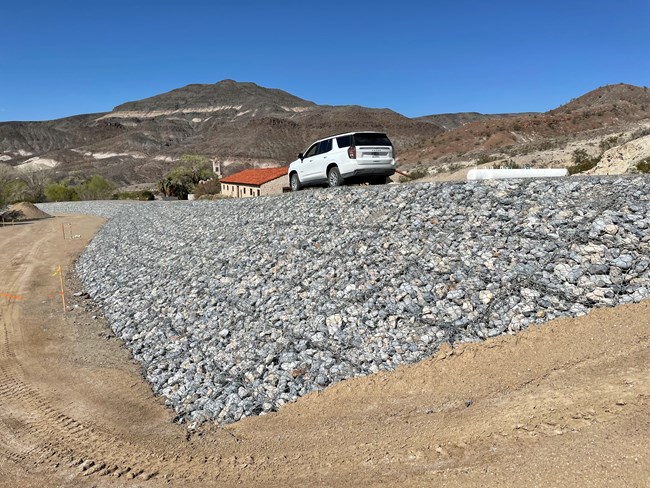
NPS
NPS photo
NPS photo
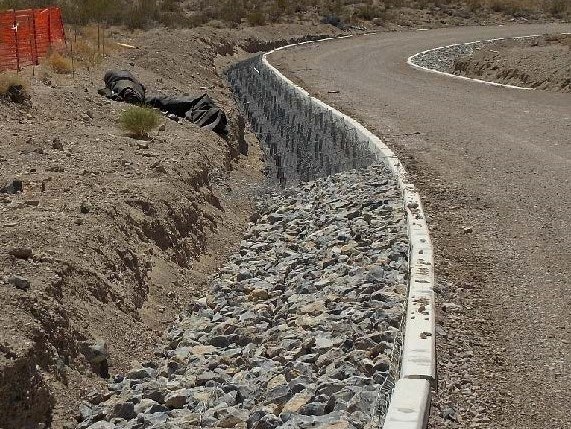
NPS / Lou Rogers
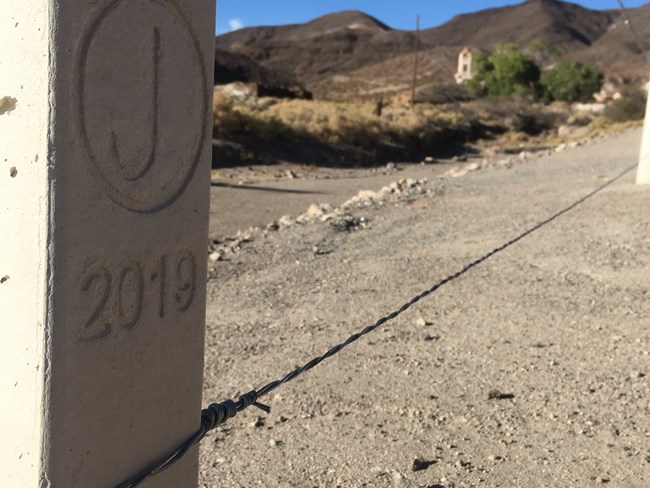
NPS / Abby Wines
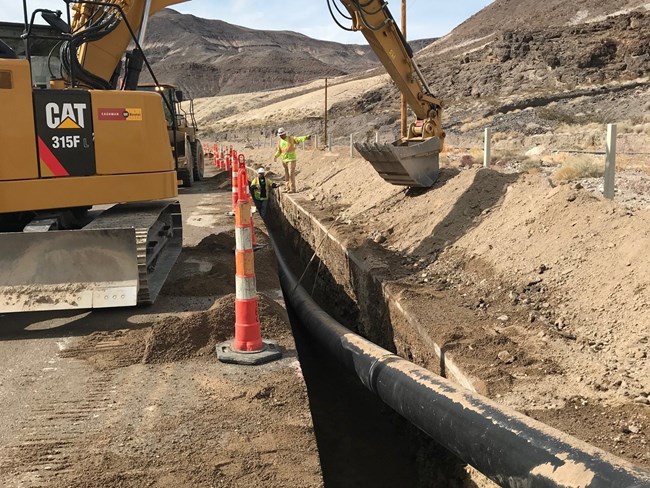
NPS photo
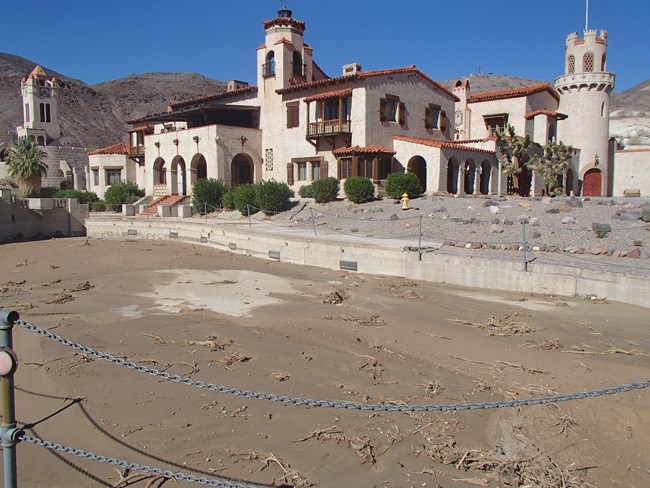
NPS / Abby Wines
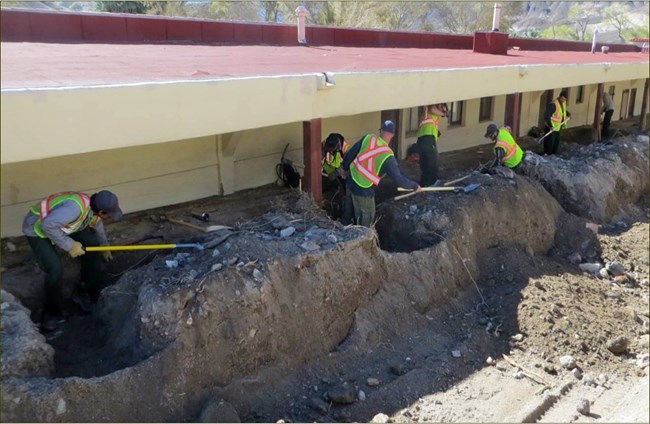
NPS photo
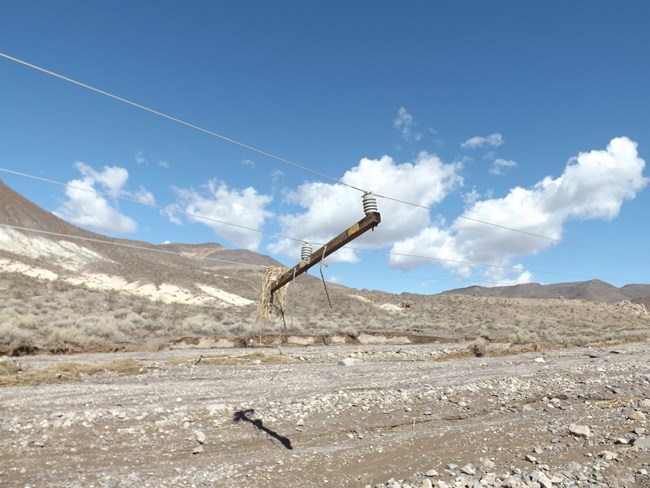
NPS
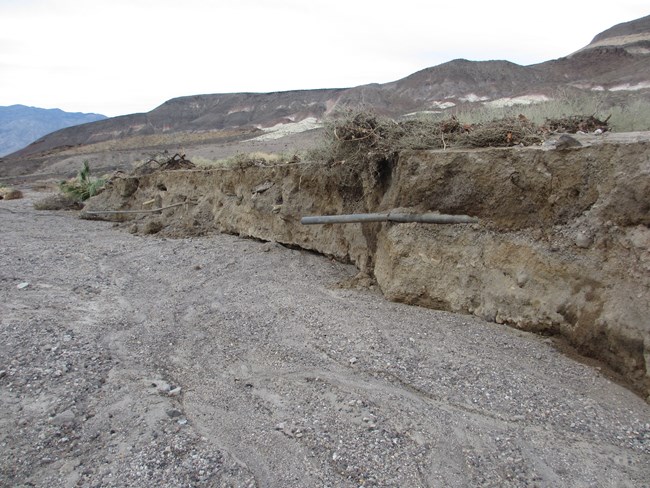
NPS

Tepa Companies
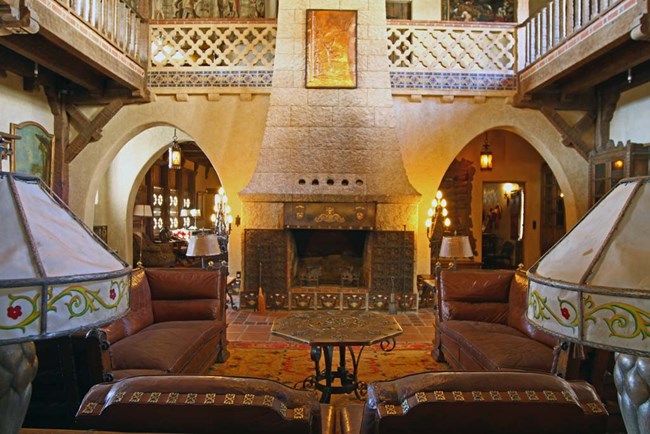
NPS/Bob Greenburg
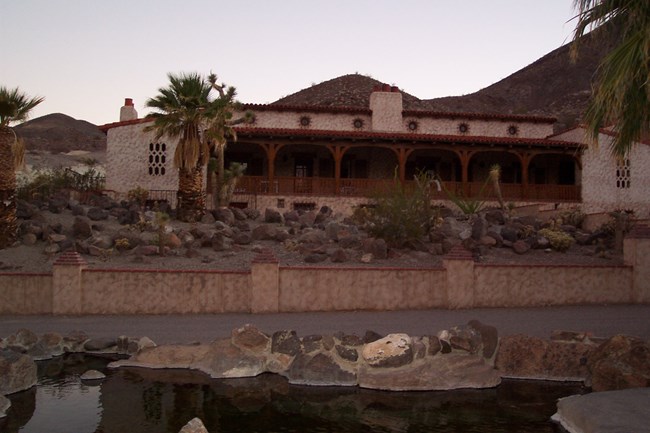
NPS
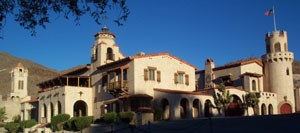
NPS
Flood Photo & Video Gallery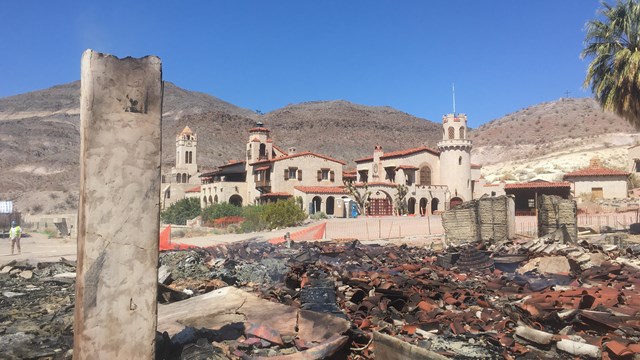
Flood Recovery Videos
A video series highlighting the work done following the flood and fire. 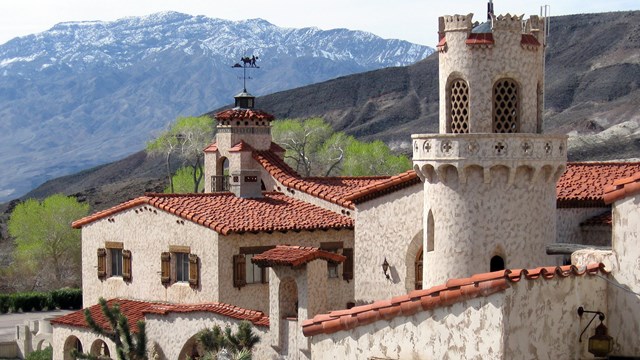
Scotty's Castle History
Learn more about the history of the castle and the masterminds behind this architectural wonder. 
Flood Recovery Tours
While the castle remains closed for repairs, limited tours are available with advanced reservation. For More Information:General history of Scotty's Castle. |
Last updated: March 26, 2025

